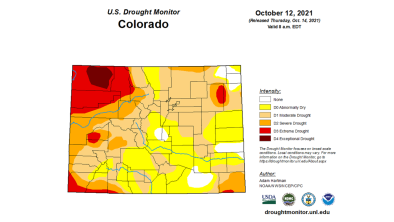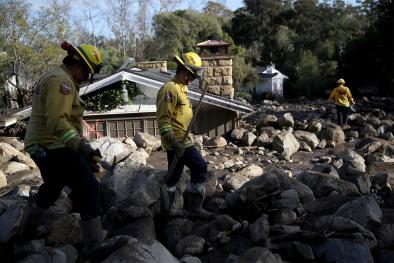Science Source
The Uneven Response of Different Snow Measures to Human-Induced Climate Warming
- Compares the effect of human-induced climate warming on different snow measures in the western United States by calculating the time required to achieve a statistically significant linear trend in the different measures, using time series derived from regionally downscaled global climate models
- The measures examined include the water content of the spring snowpack, total cold-season snowfall, fraction of winter precipitation that falls as snow, length of the snow season, and fraction of cold-season precipitation retained in the spring snowpack, as well as temperature and precipitation
- Finds that temperature and the fraction of winter precipitation that falls as snow exhibit significant trends first, followed in 5–10 years by the fraction of cold-season precipitation retained in the spring snowpack, and later still by the water content of the spring snowpack
- Finds that change in total cold-season snowfall is least detectable of all the measures, since it is strongly linked to precipitation, which has large natural variability and only a weak anthropogenic trend in the western United States
- Finds that averaging over increasingly wider areas monotonically increases the signal-to-noise ratio of the 1950–2025 linear trend from 0.15 to 0.37, depending on the snow measure
Related Content
Headline

Oct 15, 2021 | ABC 7 Denver
Colorado drought worsens as report says climate change causing higher temps in Southwest
Science Source
| Proceedings of the National Academy of Sciences
Global snow drought hot spots and characteristics
Huning and AghaKouchak
Science Source
| Geophysical Research Letters
Extreme Runoff Generation From Atmospheric River Driven Snowmelt During the 2017 Oroville Dam Spillways Incident
Brian Henn, Keith N. Musselman, Leanne Lestak et al
Headline

Dec 10, 2019 | Bloomberg
California Threats Jump from Fires to Floods as Wet Season Hits


